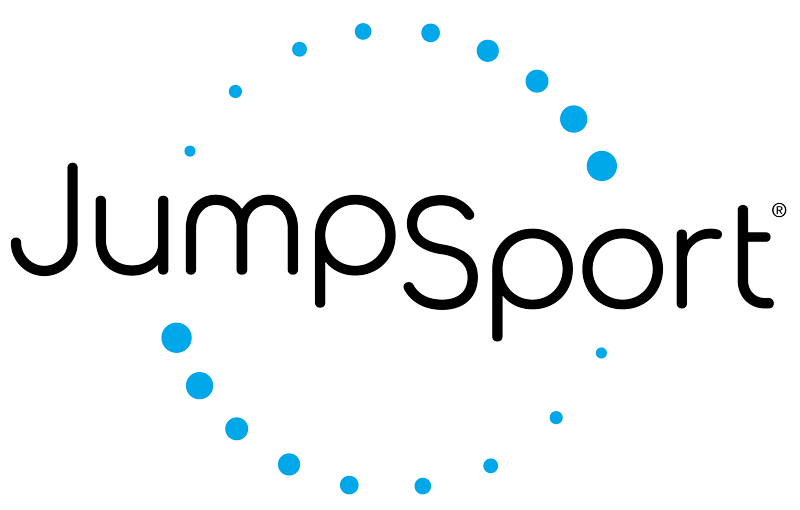Priming Youth Athletes For Success
Aug 23rd 2011
 Last weekend, as I was enjoying a night out with my girlfriends, I caught a glimpse of the TV monitor overhead and a football game was on. It dawned on me that this wasn’t old footage being aired on a sports show but rather a pre-season football game. How time flies! Summer is coming to a close, students will be returning to school and football will once again reign supreme on the American TV set.
Last weekend, as I was enjoying a night out with my girlfriends, I caught a glimpse of the TV monitor overhead and a football game was on. It dawned on me that this wasn’t old footage being aired on a sports show but rather a pre-season football game. How time flies! Summer is coming to a close, students will be returning to school and football will once again reign supreme on the American TV set.
Students, many whom have more likely been sedentary than active, will return to their respective schools and begin fall sports. With any luck, their coaches are trained in working with young people and ease them back into shape through a well-planned strength and conditioning program.
 Unfortunately this is not always the case. While coaches undoubtedly have good intentions to share the love of the game or the sport, many are volunteers or former players relying on their past experience of warm ups, drills, etc. Yes, there are tried and true exercises to prepare the body for work, but there have also been a lot of changes as the knowledgebase surrounding kinesiology and sports medicine has matured.
Unfortunately this is not always the case. While coaches undoubtedly have good intentions to share the love of the game or the sport, many are volunteers or former players relying on their past experience of warm ups, drills, etc. Yes, there are tried and true exercises to prepare the body for work, but there have also been a lot of changes as the knowledgebase surrounding kinesiology and sports medicine has matured.
First and foremost, children and teenagers are not adults and should not be trained as such. The human body is still developing and consideration of this is imperative. Secondly, young people are playing sports for most of the year. As such, their bodies are not given the chance to heal and rejuvenate during the off season.
 The organization STOP Sports Injuries is an advocacy group for young athletes. Their message is simple, to curtail avoidable injuries and to help develop training programs that are age appropriate and provide a prehabilitation experience. Prehabilitation (or prehab) refers to a training program that uses exercises to build a body’s foundation. Exercises include but are not limited to: proprioception (balance), spatial awareness, acceleration and de-acceleration, flexibility, and the importance of posture. Heat stroke, concussions, and knee injuries are the major complications surrounding sports (during practice and game time). A solid prehabilitation program functions to deter the latter by preparing young athletes to move intelligently and to communicate to coaches and parents, how their bodies feel.
The organization STOP Sports Injuries is an advocacy group for young athletes. Their message is simple, to curtail avoidable injuries and to help develop training programs that are age appropriate and provide a prehabilitation experience. Prehabilitation (or prehab) refers to a training program that uses exercises to build a body’s foundation. Exercises include but are not limited to: proprioception (balance), spatial awareness, acceleration and de-acceleration, flexibility, and the importance of posture. Heat stroke, concussions, and knee injuries are the major complications surrounding sports (during practice and game time). A solid prehabilitation program functions to deter the latter by preparing young athletes to move intelligently and to communicate to coaches and parents, how their bodies feel.
If you are a young athlete, a parent, a volunteer, or a coach, it is crucial that a sports program is executed age-appropriately and safely. We have one body and being physically hurt while young will ultimately affect a person in their future. As the country goes back to school and fields beam bright under night lights, let’s remain vigilant that for the love of the game, safety, longevity and fun are at the heart of sport. For more information about preventing sports injuries and developing safe sports programming, check out the STOP Sports Injuries Facebook page at: www.facebook.com/STOPSportinjuries. The site is rich with resources from a variety of sources; coaches, orthopedics, agencies, parents.
In good health,
JumpSport
Heidi Aspen Lauckhardt-Rhoades
Professional Fitness Instructor, ACE, AFFA, TRX, Indo, PIA, GROOVE
Dance and Creative Movement Productions
Writer and Social Media Correspondent
FB: The Write Fit & Open Barre Happy Hour
Twitter: @ATweetFit

